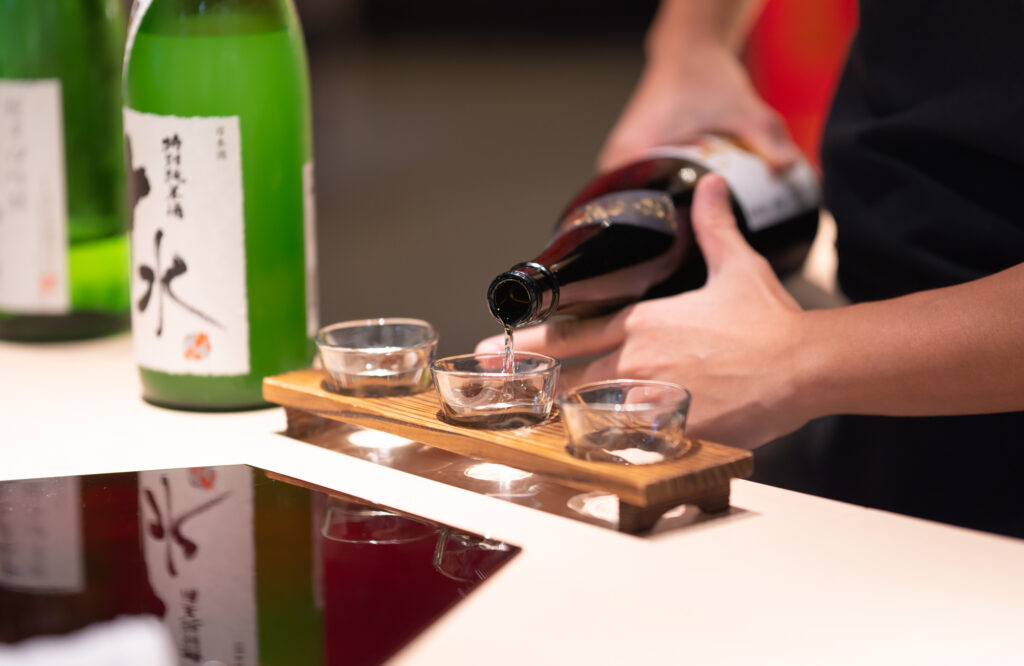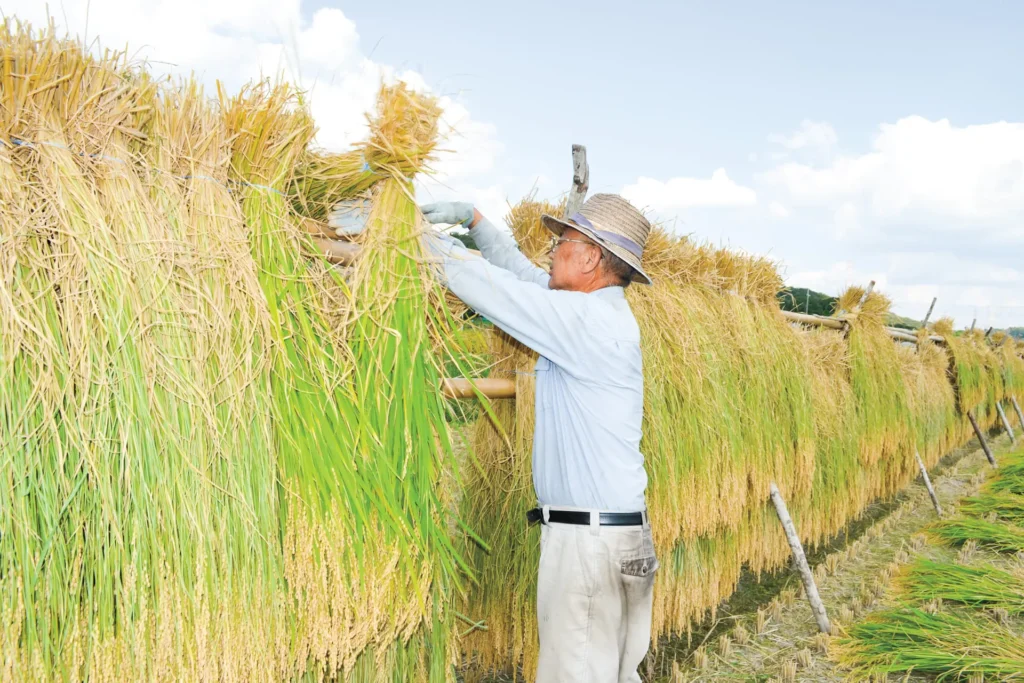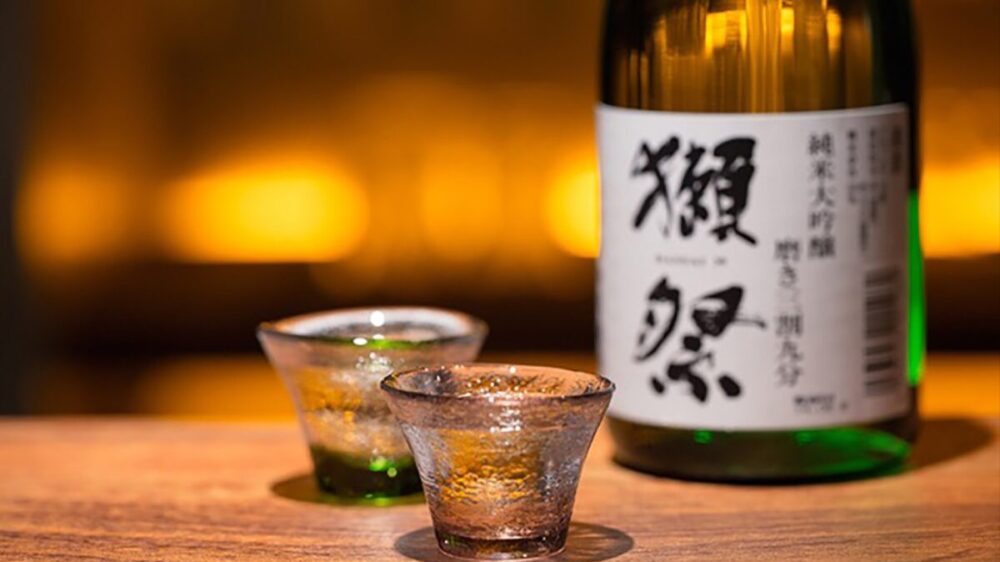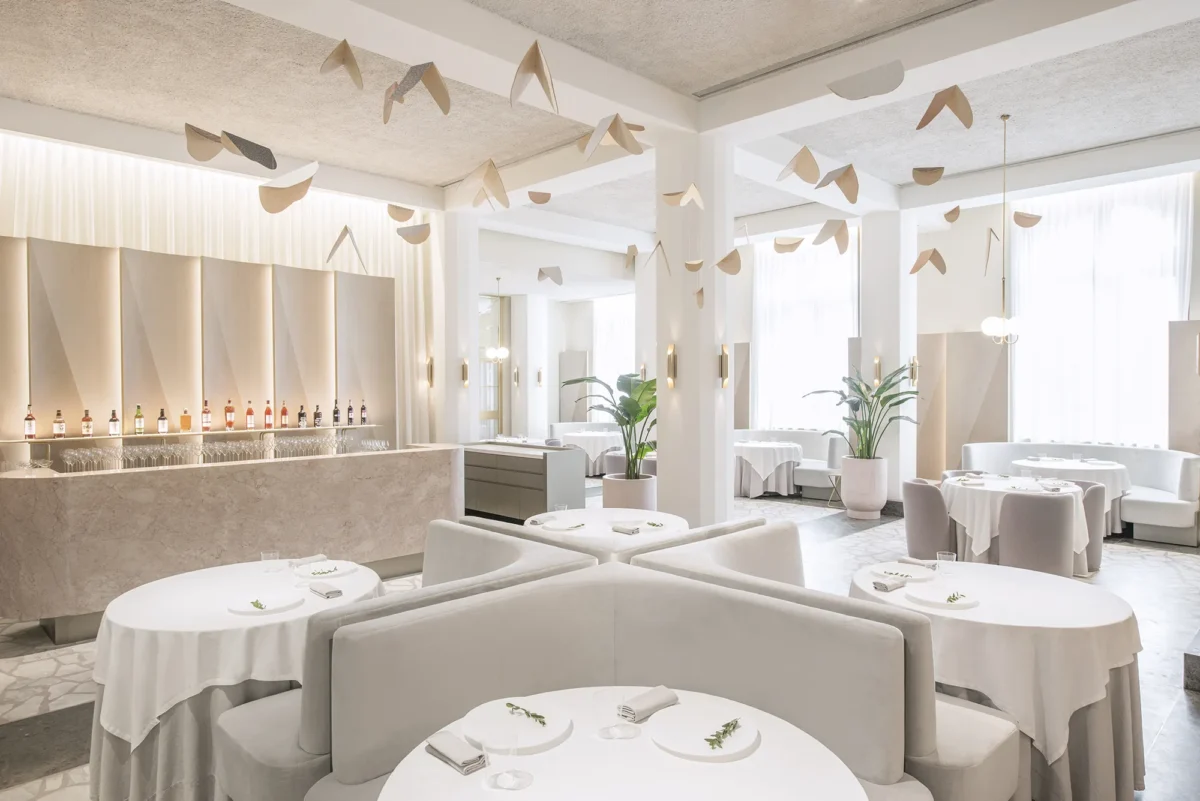Embarking on a journey to master the ancient and refined world of sake is as enlightening as it is rewarding. The delicate balance between taste, aroma, and texture is but one facet of this journey. As you immerse yourself into this liquid universe, it’s easy to appreciate the centuries of tradition and painstaking effort that goes into every drop.
From tasting and pairing, acquiring certification at a special sake course, and understanding regional differences, becoming a specialist is an intricate process. This comprehensive guide unveils the roadmap to becoming an esteemed specialist in this illustrious drink. It is a high honor to have this calling, so pay close attention.
Tasting and Evaluation

Tasting, the first crucial step in appreciating sake, requires understanding the intricacies of the beverage’s characteristics. With your senses of sight, smell, and taste at the forefront, you’ll be decoding sweetness, acidity, umami, bitterness, and astringency. Sight presents clarity, color, and viscosity, while smell reveals fruity or floral elements, even yeasty or lactic notes. As for taste, it often mirrors what the nose detects, adding levels of complexity and harmony to the experience.
A significant aspect of tasting is the evaluation of the sake’s texture and temperature. Here, your mouthfeel plays a pivotal role. It can uncover an array of sensations, from the creamy richness of some junmai daiginjo to the sharp crispness of a well-made honjozo. Equally important is the sake’s serving temperature, whether it’s best enjoyed warmed, chilled, or at room temperature, affecting both the aroma and flavor profile. An understanding of these nuances forms the foundation for a deeper appreciation of this timeless beverage.
Serving and Food Pairing
Mastering the art of serving the rice drink allows you to unlock its full potential. Selecting the right vessel, be it a traditional ochoko, a modern wine glass, or an expressive masu, affects the aroma and even the taste. Each style of sake may warrant a different serving vessel, transforming each sip into a unique experience. Equally important is understanding how temperature affects the drink; a hot serving can highlight certain flavors, while a chilled one might emphasize others.
An essential part of the sake journey is learning to pair it skillfully with food. Contrary to popular belief, it doesn’t exclusively complement Japanese cuisine. Its complexity and diversity enable harmonious pairing with a range of global cuisines, from spicy Asian dishes to the rich, flavorful dishes of the Mediterranean. For instance, a robust junmai might be excellent with a grilled steak, while a light ginjo could enhance a delicate seafood dish. Understanding this interplay between food and drink greatly enriches the tasting experience.
Etiquette and Traditions

Sake’s rich history is steeped in tradition and etiquette that reflect the Japanese ethos of respect and mindfulness. When partaking in a social gathering, it’s customary to fill others’ cups before your own – a practice known as “o-shaku.” It’s a ritual that fosters camaraderie and respect amongst drinkers, creating an atmosphere of communal enjoyment.
Additionally, there are customs associated with receiving sake. When offered a drink, it’s polite to lift your cup slightly off the table, allowing the server to pour with ease. After receiving, it’s common to wait for a toast before taking a sip. These subtle gestures reflect the Japanese culture’s deep-seated respect for etiquette, making sake drinking an intimate, shared experience.
Certification and Training Programs
To legitimize your knowledge, consider obtaining certification through a recognized training program. Programs such as the WSET Sake Level 3 Award or the Sake Sommelier Association’s Certified Sake Sommelier course provide comprehensive education and rigorous testing. They cover everything from production to advanced tasting techniques, preparing you to become a recognized professional.
Besides these international courses, there are local Japanese certifications like the Sake Service Institute (SSI) that offer a deeper understanding of its cultural context. These credentials help solidify your expertise and provide an excellent foundation for advanced study. In addition to boosting your credibility, these certifications could open doors to a multitude of professional opportunities.
Developing a Palate for Sake
Just as with wine, developing a palate for sake is a gradual process that comes from tasting a broad range of styles and grades. Starting with basic types such as junmai, ginjo, and daiginjo helps you familiarize yourself with the various flavor profiles. As you delve deeper, you’ll begin to discern the subtle differences that come with varying levels of rice milling, yeast, and water quality.
Progressing in your journey, you may explore more complex styles, such as nigori (cloudy) or koshu (aged), each bringing unique qualities to the tasting table. Regular tasting, mindful observation, and a bit of patience are key to refining your palate. With time, you’ll become adept at identifying the balance, complexity, and depth that make each different type a unique expression of the brewer’s art.
Exploring Regions and Terroir

A fascinating aspect of sake is the way it reflects its region of origin. Japan’s diverse geography, from snowy Hokkaido to sunny Kyushu, impacts the quality of the rice, water, and even the yeasts used in brewing. As a result, each region has its unique style and flavor profile. For example, Niigata is known for producing clean and crisp drinks, while the Hiroshima variety tends to be soft and smooth due to its soft water sources.
Beyond the regional style, the concept of “terroir” is emerging in the sake world. Much like wine, some producers are emphasizing the local characteristics of their rice, water, and yeast to create sake that is distinctly representative of its place of origin. Embracing these geographical distinctions adds another layer to the appreciation and is a crucial component in your journey toward expertise.
Expertise and Professional Opportunities
Attaining expertise doesn’t just make you a connoisseur; it opens up a world of professional opportunities. The burgeoning global interest in sake has created a demand for knowledgeable professionals in various roles. From sommeliers in restaurants and buyers for retail outlets to educators and consultants, the possibilities are diverse and exciting.
On the creative side, you could find yourself in the exciting world of sake production. Master brewers, known as toji, are highly respected professionals, and a few non-Japanese toji have made their mark in recent years. Or perhaps you’d prefer to spread the sake of love through journalism, event organization, or in the digital sphere.
Final Thoughts
Your journey into the world of sake is a journey of constant discovery, fueled by curiosity and guided by a thirst for knowledge. As you delve deeper, you’ll uncover the subtleties of this captivating brew – its aroma, taste, history, and its unique ability to unite people across cultures. As you acquire sake expertise, remember to share your insights and experiences, becoming not just a specialist, but also an ambassador for this centuries-old, revered drink. A whole world awaits your exploration, and who knows where this remarkable journey may lead you? So, fill your cup, toast to knowledge, and savor the voyage that lies ahead.





